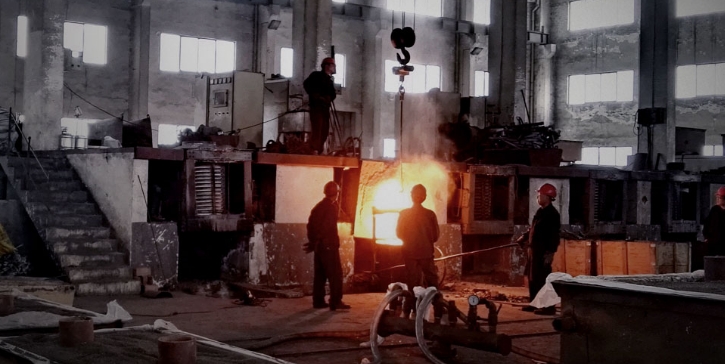
Carbon raiser, also known as carbon, is a type of material produced by high-temperature production and used in carburizing iron and casting iron. It is generally divided into wood carbon, coal carbon, coke carbon and graphite carbon, with many sub-categories in each category. High-quality raisers of carbon are typically graphitized. This can help reduce the impurities in the product, as well as increase the amount of fixed carbon and decrease the sulfur.
Currently, calcined oil coke is most commonly used as a carbon-based additive in the steelmaking process and iron casting. It is made by calcining raw coke at high temperatures to remove moisture and volatiles. It is a product with a low sulfur level that can be used directly in the iron melting or steel melting tank. It is fluid, can be used as a carbon source in iron smelting and improves the surface of smelted steel and metal.

The pretreatment of cast ductile iron and the casting process are both widely applied to this product. This product can increase scrap steel use and reduce the requirement for pig-iron, or eliminate it altogether. It also replaces traditional recarburizers. It is also able to save energy, non-renewable sources and other resources in the steelmaking.
Carbon additives, when used with ductile iron can improve the quality of the cast, decrease chill depth, increase casting stability, and reduce the number shrinkage defects. To achieve this goal, it is important to consider the carbon additive's quality, particularly its sulfur content and particle size.
For foundries who produce castings of ductile metal, shrinkage is a major problem. Due to the porous nature of ductile castings, these defects tend to occur. The presence of these agglomerates leads to the formation of shrinkage pores that cause the ductile iron to collapse during cooling. The morphology of these shrinkage defects varies with the composition and processing conditions of the ductile iron, but it is possible to predict their behavior using thermal analysis.
To prevent the occurrence of these defects, it is necessary to select a suitable carbon additive that has a relatively low sulfur content and a moderate particle size. It is important that the carbon additive be free of harmful materials such as nitrogen or ash. Carbon additives must also have a strong effect that can readily be absorbed in the molten metal. For this, graphitized petrol coke works well because it is stable and absorbs quickly. This carbon additive is low in sulfur, and has a very low amount of ash. This additive is particularly suitable for top-blown converters. The smelting process of cast and ductile steel can also be used. This product is manufactured by Superior Graphite using advanced Electro-Thermal Treatment/Purification technology. It's the highest-quality recarburizer in the industry and is suitable for use as a trim carbon or charge additive to any iron and/or steel production process, including the manufacture of gray, ductile, ductile, and corded steel wires, billets with special qualities, and even low-carbon steels.

Write a Message